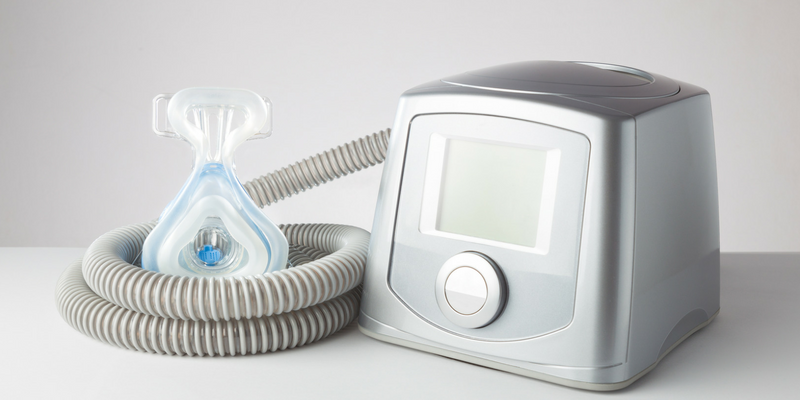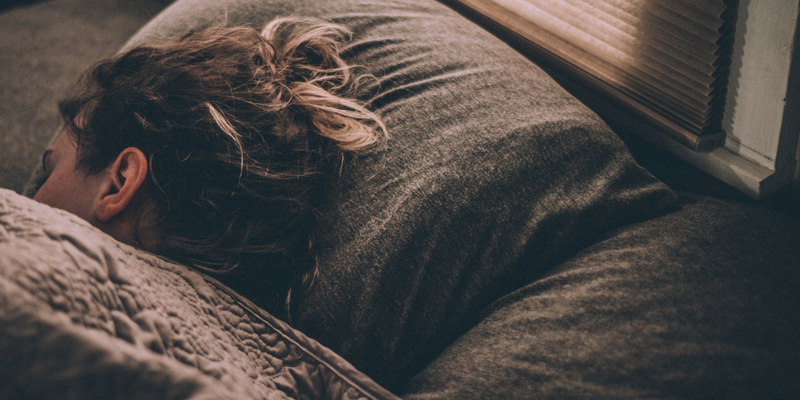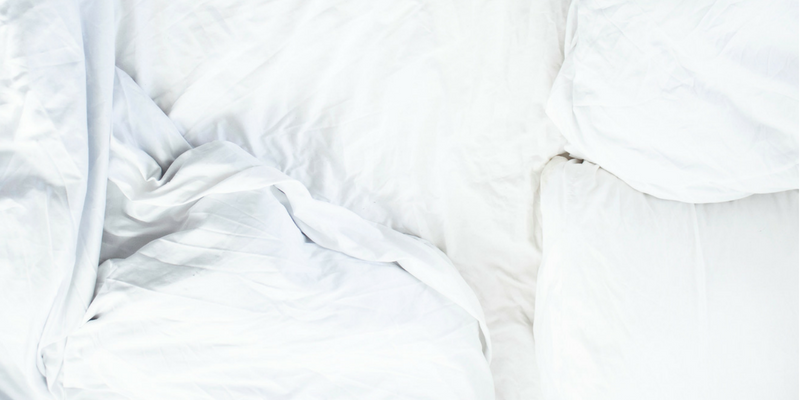
If you’ve been diagnosed with sleep apnea, you’ve probably heard plenty of complaints from your partner about your snoring. Now that you have your CPAP equipment, he or she may now be complaining about the noise coming from your machine.
Instead of throwing your hands up in the air and dismissing this as a no-win situation, take these four tips into consideration for a quieter CPAP experience:
- Move the CPAP machine to below ear-level.
Most people tend to put their CPAP machine on the nightstand next to their bed, but this can increase the noise level you experience throughout the night. A better alternative is to place it on a footstool and use a longer hose. You may also want to place it on top of a towel or other soft surface, so it doesn’t vibrate.
- Swap out the CPAP filter.
You should be changing your CPAP filter once a month anyway, as a part of routine maintenance. A filter reduces the amount of dust particles that enter your airways and extends the life of your machine. Keeping the filter clean also reduces the amount of noise coming from your CPAP. If it seemed to suddenly get louder overnight, it might be time to change out the filter.
- Use a different CPAP mask.
Even if your machine isn’t making a lot of noise, your mask may still cause a cacophony. Certain CPAP masks are designed to give you a quieter experience. Some of these include the AirFit P10, the Swift FX and the Quattro Air.
- Upgrade your CPAP machine.
If it’s been a while since you bought your CPAP machine, it might be time to upgrade! The technology surrounding these devices is always evolving, including the noise levels. Some of the quieter machines include the Dreamstation, the AirSense 10 and the Airmini.
If you’re ready to upgrade to a more silent machine, swing by CPAPCentral.com. We carry the latest in sleep apnea therapy technology, and our experts are available via live chat Monday through Friday from 8:30AM – 4:30PM EST.



